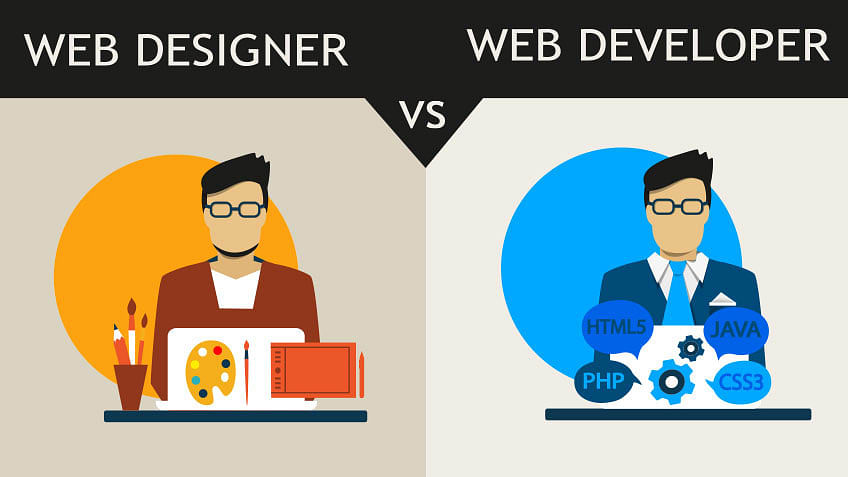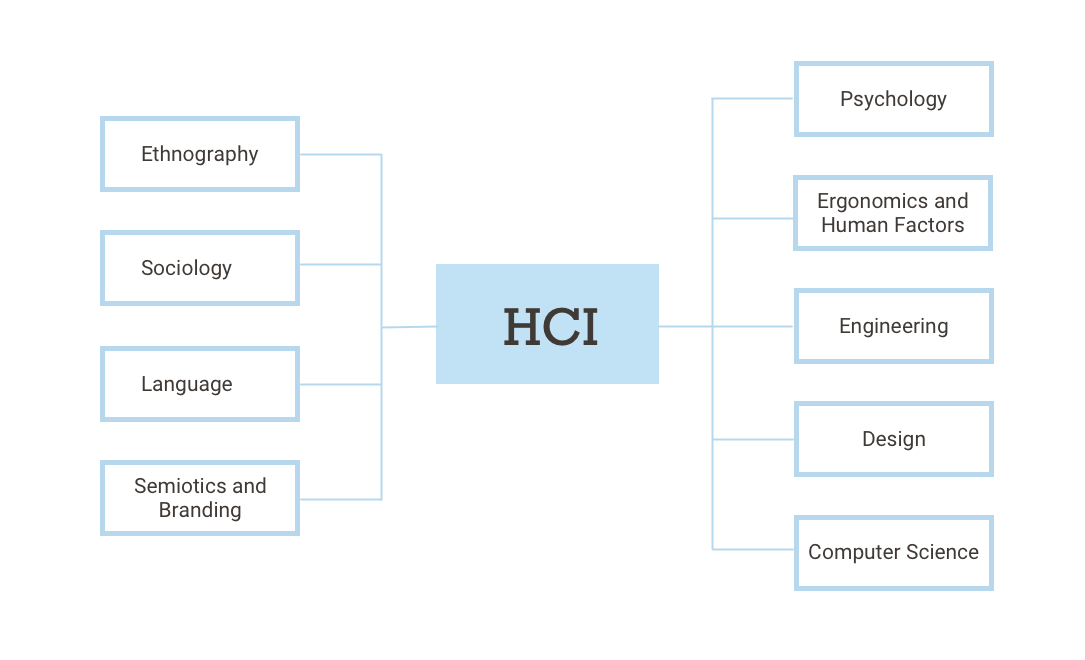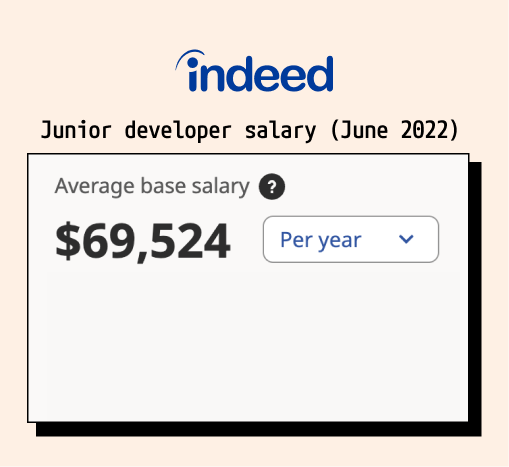
It is the home page that is most important component of any website. It is often the first page visitors view after they have entered via a search engine. A homepage should only contain the most relevant and important content.
Aside from its function as a landing page, the home page should also serve as a showcase of the various content types contained on your site. To direct your visitors to the most relevant pages, you can create a custom menu. This is especially important for websites with multiple content types.
A home page is an ideal place to display your logo or business name. Other commonplace elements include a navigation bar or a drop down menu along the top. These elements help customers locate products and services.

CTAs are a must-have on any homepage. Even though the name of this piece software isn’t as fun as a cat, they do a great job convincing prospects that your site deserves their time. A popup or button can be a great way of increasing your conversion rate.
The best thing about Figma is how easy it takes to set-up. You can design your website's homepage quickly and easily if you have a Figma account.
You might want to consider different types of content when creating your first homepage. These can range from a simple homepage to a series blog posts. The goal is to keep your visitor on your website as long possible, no matter what it may be. You can do this by offering a live chat option.
A media-oriented homepage can help you stand out from the rest. You can showcase a few photos of your most popular products and services. Your site will get a boost by using animations or videos.

The design element of a homepage is the most important. It should be simple and functional. To make the page easier to read, you can use white space. In fact, you might want to experiment with your theme color scheme to make sure you're using the right colors for the correct sections of the page.
A good way to build a website is to take time to plan your layout, content, and follow a consistent posting schedule. This will allow you to save time and effort when it comes down to updating your website. You'll be able to create a website which attracts new visitors, and keeps them coming back.
The home page is a small part of your website, but it's crucial to its success. You can grab the attention of visitors by adding a video or a gallery featuring your most popular products to your home page. This will help keep them on site.
FAQ
How Much Does It Cost To Create An Ecommerce Website?
It depends on the platform you choose and whether you use a freelancer to build your site or hire a service provider. eCommerce sites usually start around $1,000.
You can expect to pay between $5000 and $10,000 for a platform once you have decided.
If you're planning on using a template, you probably won't pay more than $5,000. This includes any customizations that you might need to suit your brand.
What Should I Include in My Portfolio?
Your portfolio should consist of all these things:
-
Example of your work.
-
If possible, links to your site
-
You can also find links to your blog.
-
Here are some links to social media pages.
-
Other designers' online portfolios can be found here.
-
Any awards you have been given.
-
References.
-
You can also send us samples of your work.
-
Here are some links that will show you how to communicate with your clients.
-
Links showing you're willing to learn new technologies.
-
Links showing that you're flexible.
-
You can find links that reflect your personality.
-
Videos showing your skills.
WordPress is a CMS.
The answer is yes. It is a Content Management System (CMS). Instead of using Dreamweaver or Frontpage, a CMS lets you manage your website content directly from your web browser.
WordPress's best feature is its free pricing! Hosting, which is usually provided by your ISP, is free.
WordPress was initially created as a blogging platform, but it now offers many other options such as eCommerce sites, forums and membership websites. Portfolios are also available.
WordPress is simple and easy to install. Download the file from their website, and then upload it to your server. Simply visit the domain name from your web browser, and then log in to the new site.
After installing WordPress, register for a username/password. Once you've logged in, you'll see a dashboard where you can access all of your settings.
From this page, you can add images, pages, posts, menus or widgets to your website. If editing and creating new content is easier for you, skip this step.
But if you'd rather work with someone, you can hire a professional website designer to handle everything.
What is Website Design Software?
Web design software is used to create web pages and other digital media by graphic artists, photographers and illustrators.
There are two main types for website design software. Desktop apps are downloaded to your computer locally and you will need additional software. Cloud-based software is hosted remotely over the internet. It does not require you to install additional software, which makes them great for mobile users.
Desktop Applications
Desktop applications may have more advanced features than cloud-based solutions but they aren’t always necessary. Because it's more convenient, some people prefer to use a desktop app. Some people prefer to use the same tool, regardless of whether it is on a phone or a laptop.
Cloud-Based Solutions
Cloud-based solutions are a great option for web designers looking to save time and money. These services make it possible to edit any type document from anywhere with an Internet connection. This means that you can work on your tablet while waiting to brew your coffee.
If you decide to use a cloud service, you will still need a license. You don't have to buy additional licenses for upgrading to the latest version.
If you have Photoshop, InDesign and Illustrator, these programs can be used for creating web pages.
Web development is hard?
Web Development is hard but you can learn it if you are passionate about coding.
The only thing you need is to search for the right tools and follow their steps step by step.
YouTube and other platforms provide many tutorials. You can also use free online software such as Notepad++, Sublime Text, etc.
You can also find many books in libraries and bookstores. Here are some of the most popular:
O'Reilly Media's "HeadFirst HTML & CSS"
O'Reilly Media's Head First PHP and MySQL 5th Ed.
Packt Publishing: "PHP Programming to Absolute Beginners"
I hope this article helped you.
Do I hire a web design firm or do it myself.
If you don't want to spend a lot, you shouldn't hire web designers. If you need high quality results, it may not be worthwhile to hire someone else to build your website.
It is possible to create websites without hiring expensive professionals.
If you're willing, you can learn how you can make a site that is beautiful using free tools like Dreamweaver.
Another option is to hire a freelance web developer for a project that charges per hour.
What platform is the best to design a site?
WordPress is the best platform available for building a website. It comes with all the tools you need for creating a professional website.
It is easy to customize and install themes. You have thousands of options for free themes.
You can also install plugins to increase functionality. They allow you add buttons to social media and form fields, as well as contact pages.
WordPress is very user-friendly as well. To modify your theme files, you don't need to be able to code HTML. You just need to click on the icon and choose what you want to modify.
Although there are many platforms out there, I prefer WordPress. It's been around since the beginning and is still being used by millions of people worldwide.
Statistics
- In fact, according to Color Matters, a signature color can boost brand recognition by 80%. There's a lot of psychology behind people's perception of color, so it's important to understand how it's used with your industry. (websitebuilderexpert.com)
- It enables you to sell your music directly on your website and keep 100% of the profits. (wix.com)
- The average website user will read about 20% of the text on any given page, so it's crucial to entice them with an appropriate vibe. (websitebuilderexpert.com)
- When choosing your website color scheme, a general rule is to limit yourself to three shades: one primary color (60% of the mix), one secondary color (30%), and one accent color (10%). (wix.com)
- Did you know videos can boost organic search traffic to your website by 157%? (wix.com)
External Links
How To
How do I get started in UI Design?
There are two paths to becoming a UI design:
-
You can get a degree from school in UI Design.
-
It is possible to start a freelance career.
If you want to go through school, you'll need to attend college or university and complete four years of study. This includes psychology, computer science, marketing, art, and business.
You can also attend classes at state universities and community colleges. Some schools offer programs for free, while others require tuition fees.
After graduating, you'll need to find employment. If you are going to be working for yourself, you will need to build your client list. It is essential to establish a professional network so other professionals know you exist.
Opportunities to intern in web development companies are available. Many companies hire interns to gain work experience before hiring full-time workers.
A portfolio will help you get more work once you have established it. Your work samples and details about the projects should be included in your portfolio.
It's a good idea to send your portfolio to potential employers via email.
Being a freelancer means you need to market yourself. You can advertise your services on job boards like Indeed, Freelance, Guru, or Upwork.
Freelancers receive assignments often from recruiters who post open positions online. These recruiters look for qualified candidates to fill specific positions.
These recruiters usually provide a briefing outlining the requirements of the job to the candidate.
While freelancers aren't required to sign contracts for a long time, they can still be paid. However, if you plan to move forward, it is best to negotiate an upfront payment.
Many designers prefer working directly for clients and not through agencies. While this may seem ideal, many people lack the necessary skills.
Agency workers often have extensive industry knowledge. They also have access to specialized training and resources that allow them to produce high-quality work.
Aside from these benefits, agency workers are often paid a higher hourly pay.
You won't be able to get in touch with your employer directly if you work with an agency.
As a UI designer you need to be motivated, creative, flexible, detail-oriented and communicative.
You must also possess excellent verbal and written communication skills.
UI designers are responsible to design websites using user interfaces (UI) as well as visual elements.
They are also responsible in ensuring that the site meets all users' requirements.
This includes understanding the information that visitors require and how the site should function.
To create wireframes, UI designers can use a variety of tools. Before beginning to design, they use wireframing.
Wireframe templates are available online, making it easy for anyone to create their own wireframes.
Some designers are solely focused on UI design while others blend UI design and graphic design.
Photoshop is used by graphic designers to edit images.
Adobe InDesign is used to create layouts and pages.
Photographers capture images using digital cameras or DSLRs.
They then upload the pictures to a photo editing program where they add text captions, filters, and other effects.
The photographer saves the image as a compatible file format for the website.
It is important that you consider all aspects of web design when creating a website.
This includes research, planning, wireframing, prototyping, testing, coding, content creation, and publishing.
Research - It's essential to conduct thorough research before starting a new project.
Planning – Once you've done your research, you will want to start developing a plan.
Wireframing - A wireframe is a preliminary sketch of a web page or application.
Prototyping: Prototypes can help to ensure that the final product meets the initial vision.
Testing – The prototype should go through multiple rounds to be tested in order for it to work properly.
Coding - Coding refers to the process of writing computer code.
Content Creation - This includes everything from managing social media accounts to writing copy.
Publishing entails uploading files to a server and ensuring the site is accessible.
You'll need to be able to understand the different projects you work on as a freelance UX/UI Designer.
Some companies require only wire frames, others require complete prototypes.
You may be required to perform specific tasks depending on the project you accept.
One example is that if you are hired as a wireframe designer, you might be required to create many wireframes.
If you're asked to develop a site prototype, it may be necessary to make it fully functional.
It doesn't really matter what project you're working on, good interpersonal skills are vital.
Since most clients hire freelancers based on referrals, you must build solid relationships with potential employers.
Additionally, communication skills are essential.
A portfolio is an important component of any freelancers' arsenal.
It showcases your work and demonstrates your ability to deliver high-quality results.
Online portfolios can help you do this.
Find websites similar in your niche to get started.
Next, search these sites to discover which site offers what services.
Once you've identified the best practices, it is time to start implementing them.
It's also useful to include links from your portfolio in your resume.